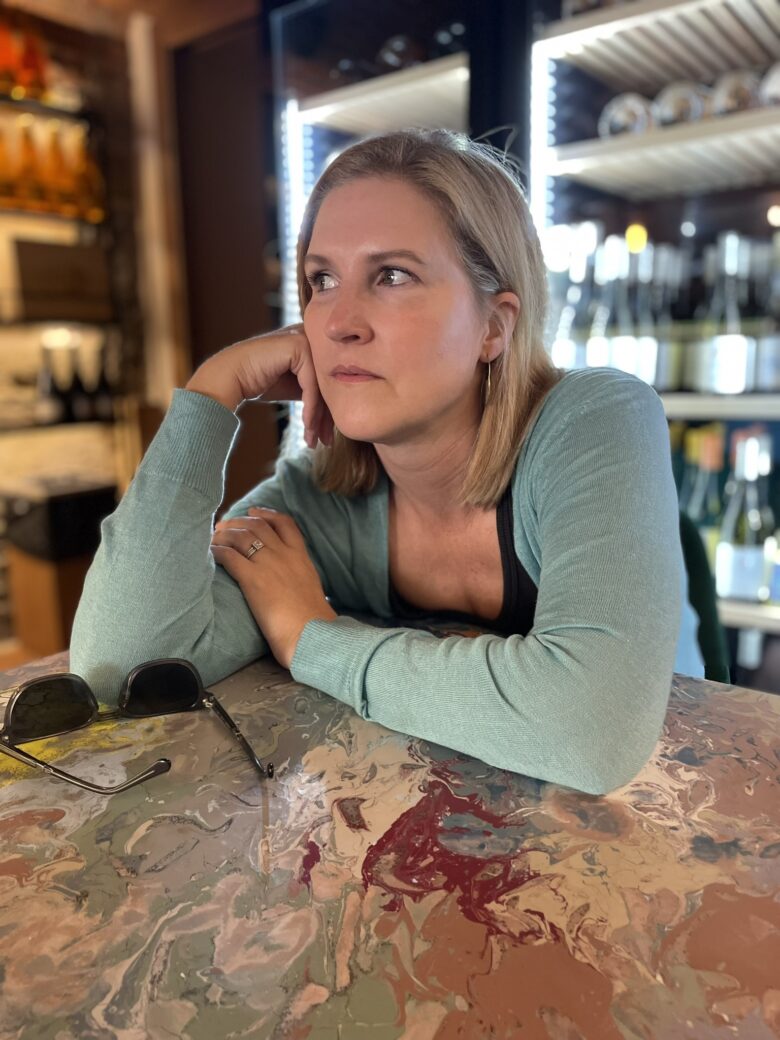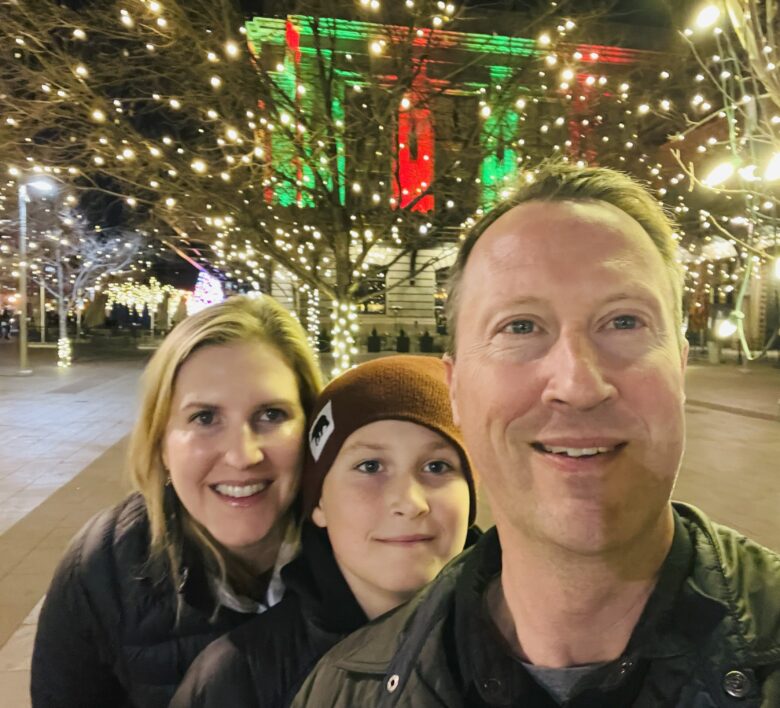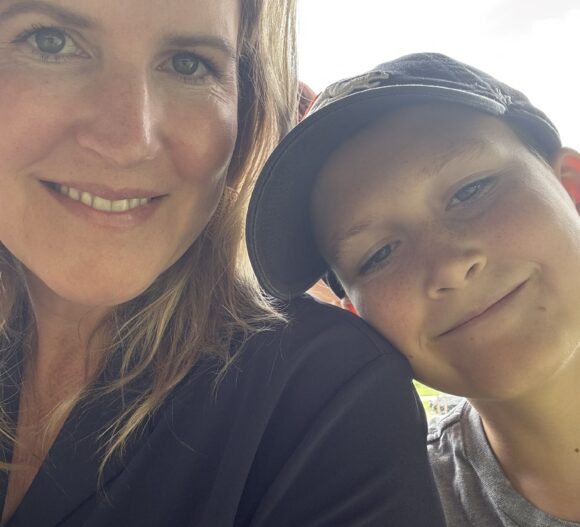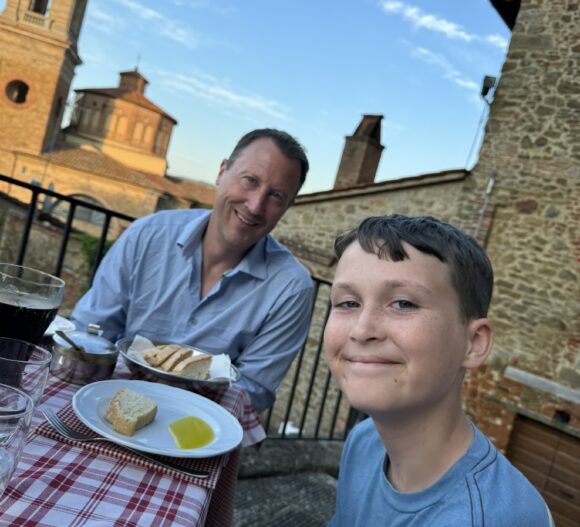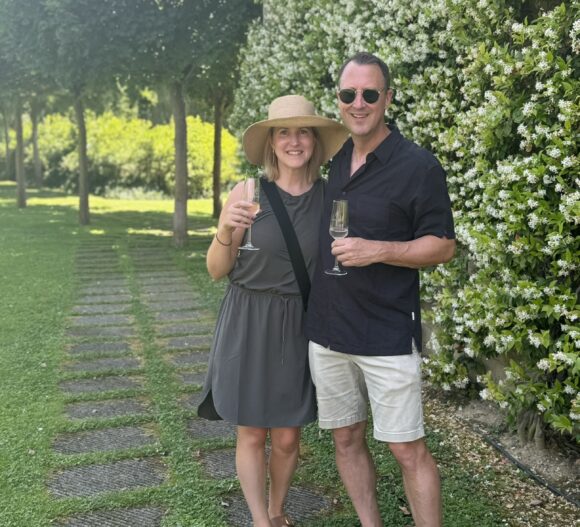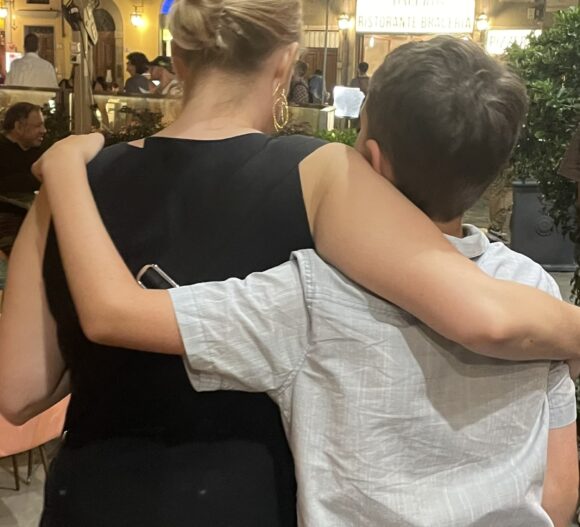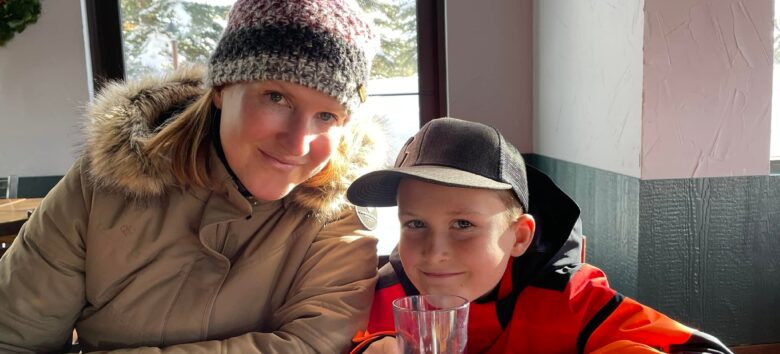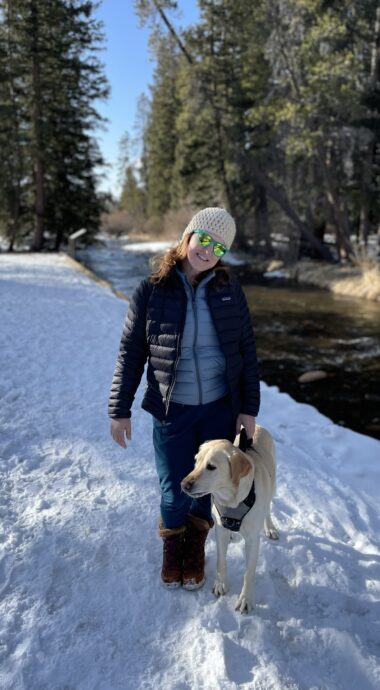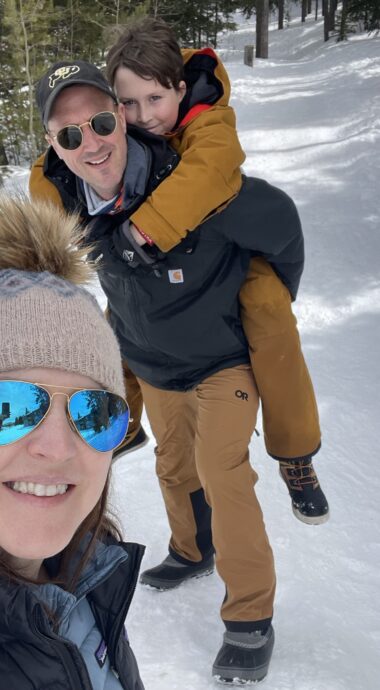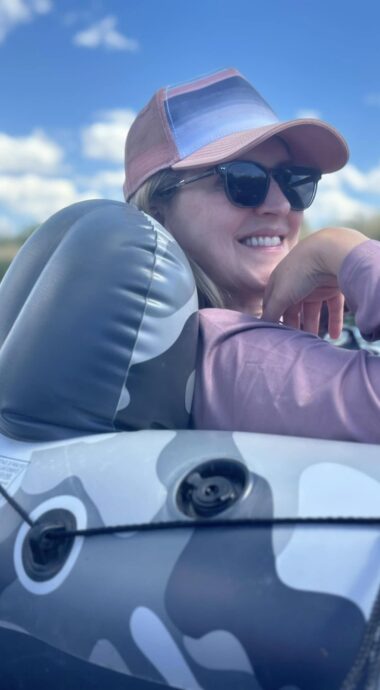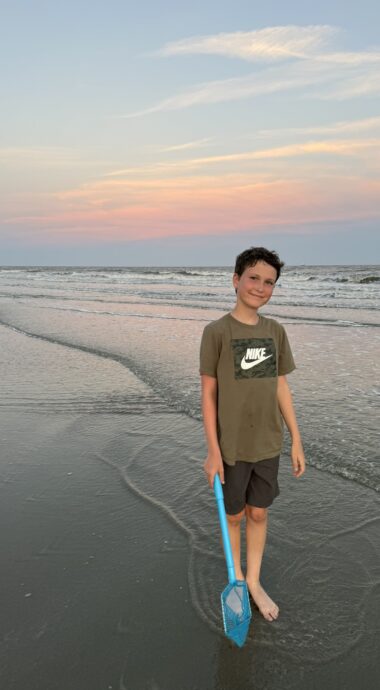I actually started at Civitas back in 2006 while I was in graduate school. My professor had worked at Civitas prior and encouraged me to apply for an internship there. When I looked into their work, I was really impressed by the quality and creativity I saw. I ended up interning there for about a year and a half, and then I was hired full-time. Unfortunately, I was laid off in 2008 during the Great Recession. I didn’t realize it at the time, but that first experience at Civitas really set the bar for what I would come to value in a design practice. I spent the next 12 years working at other firms, gaining experience and perspective. Then, three years ago, I returned to Civitas as a contractor, and now I’m back full-time.
What ultimately brought me back was the realization that Civitas offers something truly unique: a deep rigor in design, a commitment to craft, and a high standard for both ideas and execution. The design reviews, the collaborative energy, and the thoughtful attention to detail really stand out in the industry. It’s a dynamic, creative environment filled with smart, passionate people, and that’s what brought me back.
